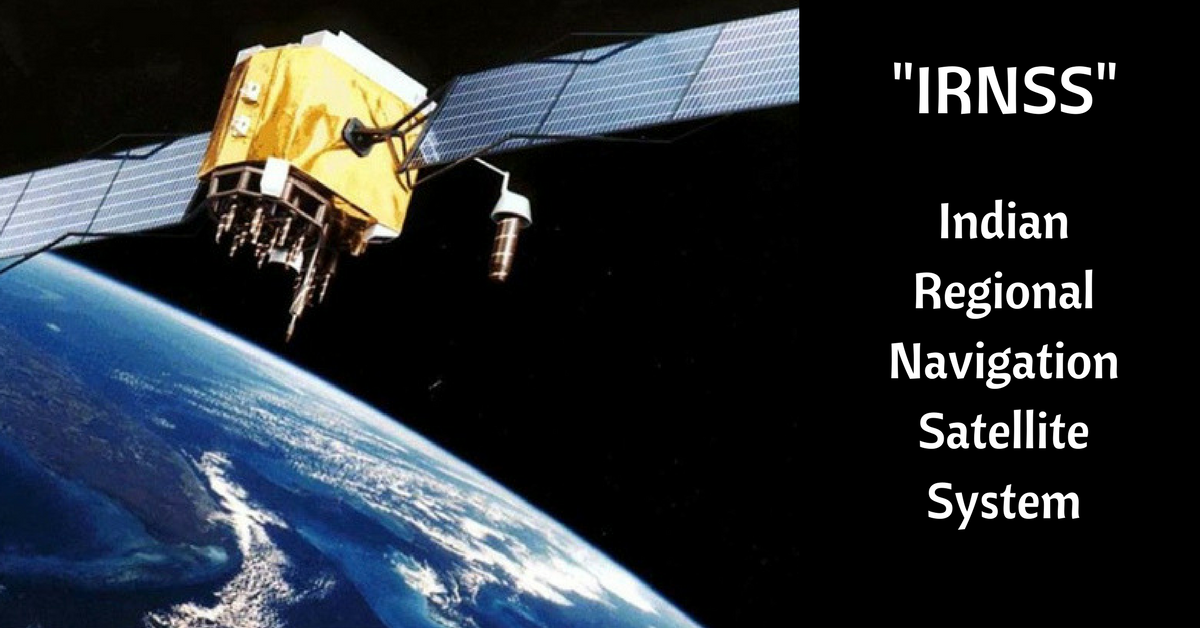An IndiGo-operated ATR 72-600 arrived at Kishangarh airport on Thursday, guided by India’s own satellite-based augmentation system known as GAGAN, or GPS-aided GEO Augmented Navigation. With this experimental landing in Ajmer, Rajasthan, India joined a select group of countries that have their own satellite-based augmentation system, including the United States, Japan, and Europe (SBAS).

While the SBAS established by the United States, Japan, Europe, and India are now operating, numerous more are in the works. China’s BeiDou SBAS, South Korea’s Korea Augmentation Satellite System (KASS), Russia’s System for Differential Corrections and Monitoring (SDCM), and Australia’s and New Zealand’s Southern Positioning Augmentation Network (SPAN) are among them.
The test flight, which landed in Kishangarh, is part of the clearance procedure with the DGCA, which involves pilot training, approach validation, and simulator sessions. The trip was conducted with a DGCA crew on board, and the method will be accessible for use on commercial aircraft once it has been approved.
The SBAS is a navigation system that builds on the Global Navigation Satellite Systems (GLONASS) and improves its accuracy and reliability. For commercial and military aircraft operators, this implies that pilots may use navigation guidance to land aircraft at smaller airports and airstrips without having to install costly instrument-based landing systems on the ground.
According to a senior official with the Airports Authority of India (AAI), GAGAN-based guided approaches are “operationally almost identical” to ILS Category-1 without the requirement for “ground-based navigational infrastructure.”
The AAI said in a statement that “a number of airports, including airports under the Regional Connectivity Scheme (RCS), are being surveyed for the development of GAGAN-based instrument approach procedures, so that suitably equipped aircraft can derive maximum benefit in terms of improved landing safety, reduced fuel consumption, reduced delays, diversions, and cancellations, and so on.”
All India-registered aircraft must be fitted with GAGAN-compliant equipment by July 1, 2021, according to the Directorate General of Civil Aviation (DGCA). According to a government source, the majority of India’s fleet is now GAGAN compatible. The Boeing 787 aircraft, which are operated by Air India and Vistara, are the lone exception.
GAGAN augments the GPS navigation signal using a network of ground stations in Delhi, Guwahati, Kolkata, Ahmedabad, Thiruvananthapuram, Bengaluru, Jammu, and Port Blair. To acquire GPS satellite data, a network of accurately surveyed ground reference stations is strategically positioned around the country.
The master control centre in Bengaluru creates messages based on this data to fix any signal faults. These correction signals are subsequently uplinked and transmitted on the same frequency as GPS to receivers on board aeroplanes through geostationary communication satellites.
“AAI in coordination with Indian National Centre for Ocean Information Services (INCOIS) has implemented GAGAN Message Service (GMS) through which alert messages to fishermen, farmers, and disaster affected people will be sent on the occurrence of natural disasters, calamities, such as flood, earthquake, and other natural disasters.”
The AAI added in a statement that “the extra capabilities of GAGAN are being researched for use in non-aviation fields such as railroads, surveying, agricultural, power sector, mining, and so on.”

